Solar water heating panels are an eco-friendly and cost-effective solution to harness the power of the sun for heating water. By installing DIY solar water heating panels, you can reduce your reliance on conventional energy sources, save money on utility bills, and contribute to a greener future. In this article, we will provide a comprehensive summary of the benefits, working principles, installation process, and maintenance requirements associated with DIY solar water heating panels. Benefits of DIY Solar Water Heating Panels: 1. Cost savings: Solar energy is free, and installing DIY solar water heating panels can lead to significant savings on electricity or gas bills in the long run. 2. Environmental impact: Utilizing solar power reduces carbon emissions and dependence on fossil fuels, making it an environmentally-friendly choice. 3. Increased property value: Installing solar water heating panels can add value to your property, making it more attractive to potential buyers, particularly those interested in sustainable living.
Solar water
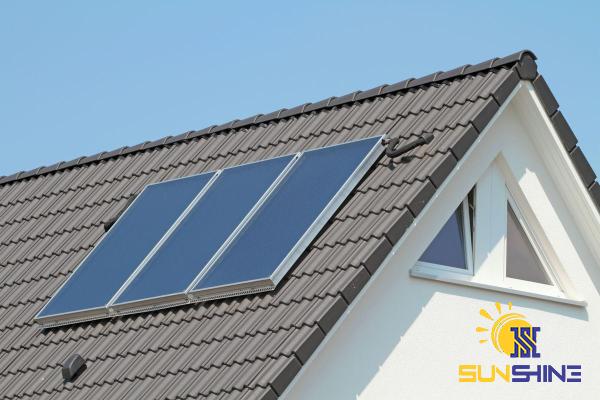 4. Independence: Solar water heating panels provide a level of independence in terms of energy use and utility bills, especially in remote areas or during power outages. Working Principles of DIY Solar Water Heating Panels: DIY solar water heating panels typically consist of a solar collector, a circulating pump, a heat exchanger, and a storage tank. The working principle is as follows: 1. Solar Collector: The solar collector is responsible for capturing the sun’s energy and transferring it to the water. It is typically made up of a series of tubes or panels that absorb sunlight and convert it into heat. 2. Circulating Pump: The circulating pump helps move the water from the storage tank to the solar collector, where it is heated, and then back to the storage tank. 3. Heat Exchanger: The heat exchanger is responsible for transferring heat from the solar collector to the water in the storage tank. It ensures efficient heat transfer without direct contact between the two. 4. Storage Tank: The storage tank stores the heated water until it is needed for use. Depending on the system design, it may also include a backup heating element for use during cloudy days or high demand times. Installation Process of DIY Solar Water Heating Panels: 1. Determine your needs: Assess your water heating requirements and calculate the number of panels needed based on factors such as the number of occupants, average hot water consumption, and climate conditions.
4. Independence: Solar water heating panels provide a level of independence in terms of energy use and utility bills, especially in remote areas or during power outages. Working Principles of DIY Solar Water Heating Panels: DIY solar water heating panels typically consist of a solar collector, a circulating pump, a heat exchanger, and a storage tank. The working principle is as follows: 1. Solar Collector: The solar collector is responsible for capturing the sun’s energy and transferring it to the water. It is typically made up of a series of tubes or panels that absorb sunlight and convert it into heat. 2. Circulating Pump: The circulating pump helps move the water from the storage tank to the solar collector, where it is heated, and then back to the storage tank. 3. Heat Exchanger: The heat exchanger is responsible for transferring heat from the solar collector to the water in the storage tank. It ensures efficient heat transfer without direct contact between the two. 4. Storage Tank: The storage tank stores the heated water until it is needed for use. Depending on the system design, it may also include a backup heating element for use during cloudy days or high demand times. Installation Process of DIY Solar Water Heating Panels: 1. Determine your needs: Assess your water heating requirements and calculate the number of panels needed based on factors such as the number of occupants, average hot water consumption, and climate conditions.
Specifications of solar water
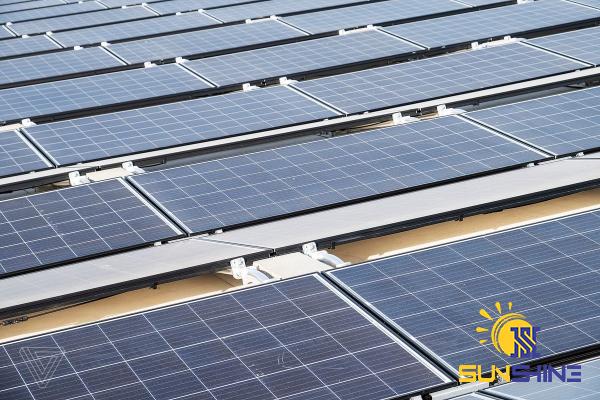 2. Select the right location: Choose a location that receives maximum sunlight throughout the day, preferably with a clear and unobstructed view of the sun’s path. 3. Purchase necessary materials: Procure the required materials for the solar water heating panel system, including solar collectors, pipes, pumps, heat exchangers, storage tanks, and control mechanisms. 4. Design the system: Develop a detailed system design, considering factors such as the flow rate, panel size, and appropriate connections between components. 5. Install the panels: Mount the solar collectors on a suitable surface (e.g., roof, ground), ensuring proper orientation and tilt angles for optimal sunlight exposure. 6. Connect the components: Install the circulating pump, heat exchanger, and storage tank as per the system design, ensuring proper insulation and secure connections. 7. Test and commission: Fill the system with water, check for leaks, and test its performance by monitoring the water temperature in the storage tank. Make adjustments if necessary. 8. Regular maintenance: Develop a maintenance schedule to ensure the system operates efficiently. This may include cleaning the solar collectors, checking pump performance, and inspecting pipes for any signs of damage or blockages. Maintenance Requirements of DIY Solar Water Heating Panels: To ensure optimal performance and longevity of your DIY solar water heating panel system, regular maintenance is essential. Here are some key maintenance tasks to consider: 1. Periodic cleaning: Clear the solar collectors of dust, debris, and other obstructions to maximize their efficiency.
2. Select the right location: Choose a location that receives maximum sunlight throughout the day, preferably with a clear and unobstructed view of the sun’s path. 3. Purchase necessary materials: Procure the required materials for the solar water heating panel system, including solar collectors, pipes, pumps, heat exchangers, storage tanks, and control mechanisms. 4. Design the system: Develop a detailed system design, considering factors such as the flow rate, panel size, and appropriate connections between components. 5. Install the panels: Mount the solar collectors on a suitable surface (e.g., roof, ground), ensuring proper orientation and tilt angles for optimal sunlight exposure. 6. Connect the components: Install the circulating pump, heat exchanger, and storage tank as per the system design, ensuring proper insulation and secure connections. 7. Test and commission: Fill the system with water, check for leaks, and test its performance by monitoring the water temperature in the storage tank. Make adjustments if necessary. 8. Regular maintenance: Develop a maintenance schedule to ensure the system operates efficiently. This may include cleaning the solar collectors, checking pump performance, and inspecting pipes for any signs of damage or blockages. Maintenance Requirements of DIY Solar Water Heating Panels: To ensure optimal performance and longevity of your DIY solar water heating panel system, regular maintenance is essential. Here are some key maintenance tasks to consider: 1. Periodic cleaning: Clear the solar collectors of dust, debris, and other obstructions to maximize their efficiency.
buy Solar water
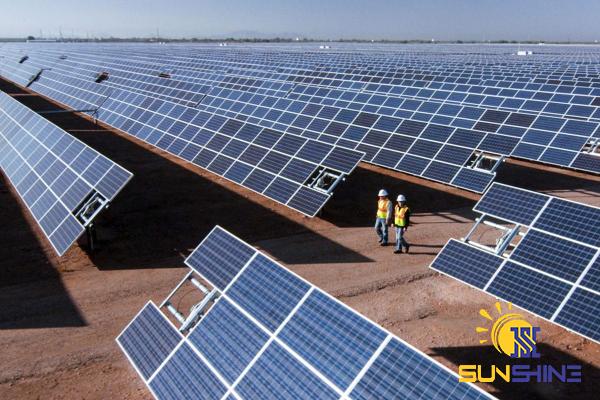 2. Check for leaks: Inspect all connections, pipes, and valves for any signs of water leakage. Repair or replace damaged components as necessary. 3. Monitor system performance: Regularly monitor the water temperature in the storage tank and the overall system performance to detect any deviations from normal operation. 4. Inspect and clean heat exchanger: Ensure that the heat exchanger is clean and free from mineral deposits or scale buildup, which may hamper heat transfer. 5. Test backup heating element: If your system includes a backup heating element, test it periodically to verify its functionality. 6. Seek professional assistance if needed: If you encounter any issues or have concerns about the system’s performance, consult a professional to diagnose and resolve the problem. Conclusion: DIY solar water heating panels are a sustainable and cost-effective solution for reducing energy consumption and embracing renewable energy sources. By understanding the benefits, working principles, installation process, and maintenance requirements associated with these systems, you can confidently embark on a DIY project to harness the power of the sun for heating water. With proper planning, installation, and maintenance, you can enjoy the financial and environmental benefits of solar water heating for years to come.
2. Check for leaks: Inspect all connections, pipes, and valves for any signs of water leakage. Repair or replace damaged components as necessary. 3. Monitor system performance: Regularly monitor the water temperature in the storage tank and the overall system performance to detect any deviations from normal operation. 4. Inspect and clean heat exchanger: Ensure that the heat exchanger is clean and free from mineral deposits or scale buildup, which may hamper heat transfer. 5. Test backup heating element: If your system includes a backup heating element, test it periodically to verify its functionality. 6. Seek professional assistance if needed: If you encounter any issues or have concerns about the system’s performance, consult a professional to diagnose and resolve the problem. Conclusion: DIY solar water heating panels are a sustainable and cost-effective solution for reducing energy consumption and embracing renewable energy sources. By understanding the benefits, working principles, installation process, and maintenance requirements associated with these systems, you can confidently embark on a DIY project to harness the power of the sun for heating water. With proper planning, installation, and maintenance, you can enjoy the financial and environmental benefits of solar water heating for years to come.
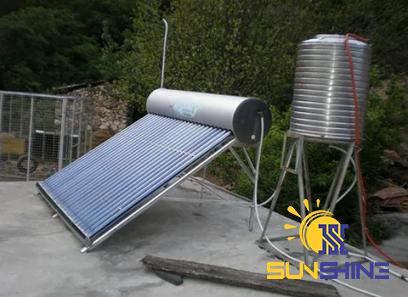
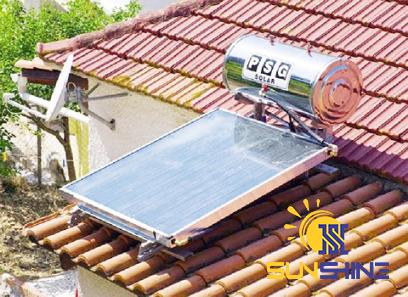
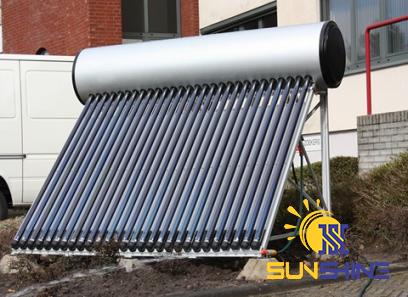
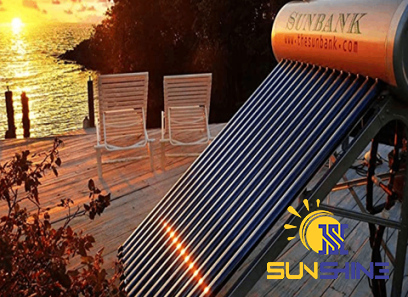
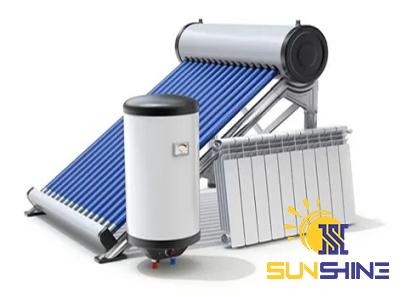
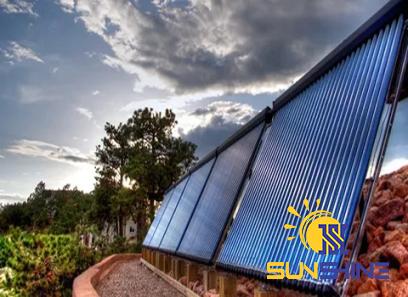
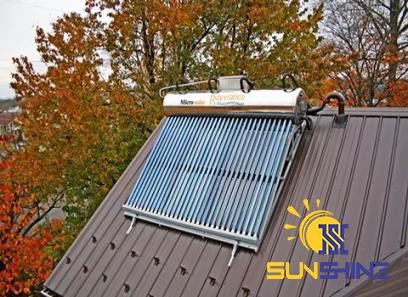
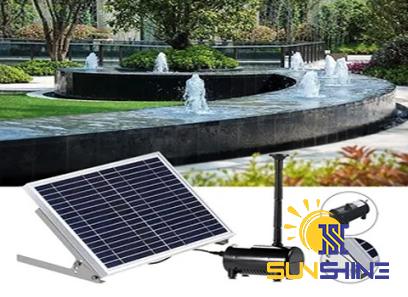
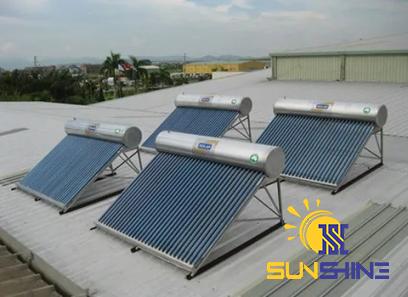
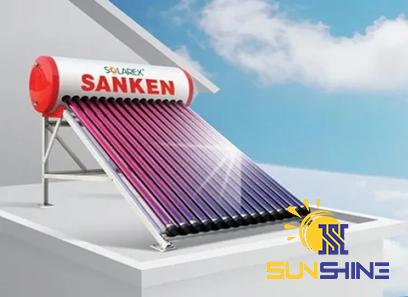
Your comment submitted.